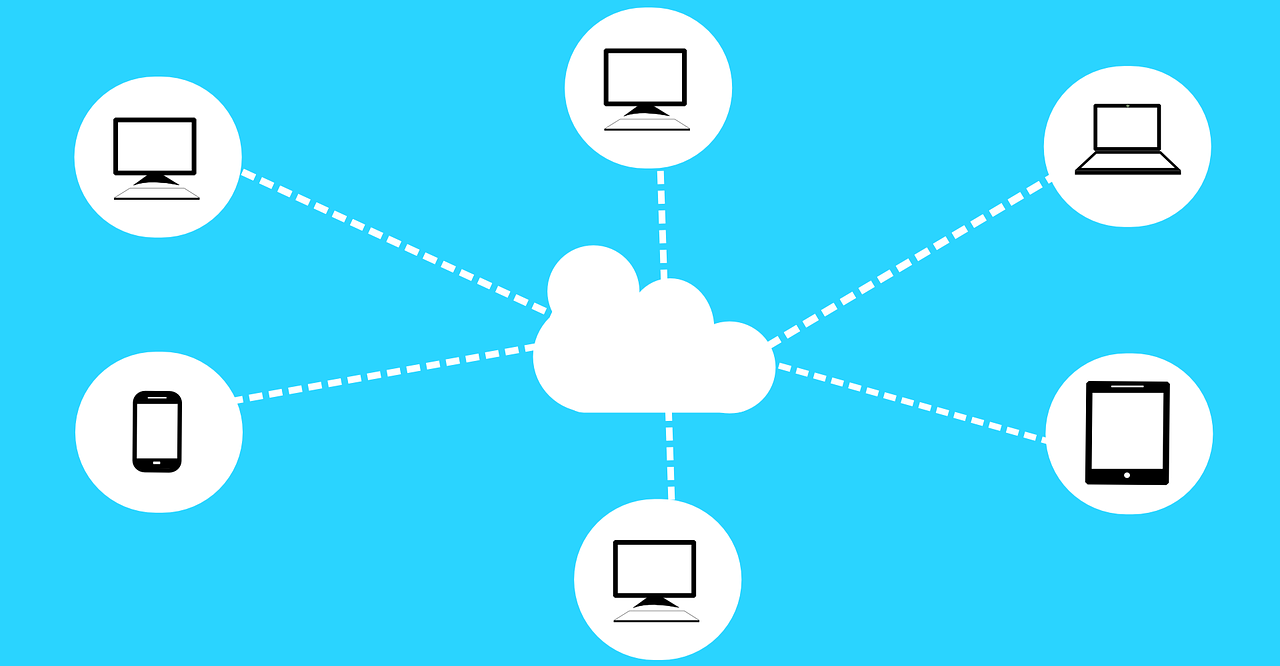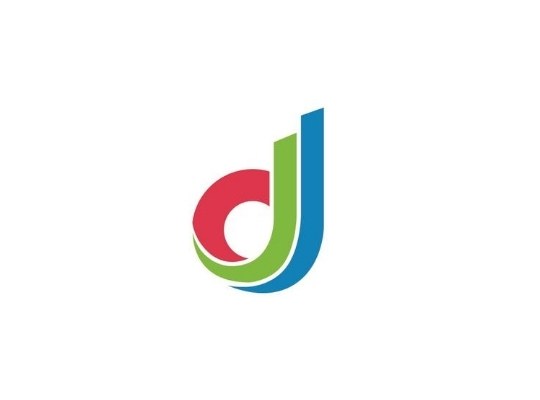Is cloud vs. on-premise software a debate in digital signage?

The “cloud” was first referenced at a conference in 2006, when Google’s Eric Schmidt referenced his company’s services as belonging “in a cloud somewhere.”
Twelve years later, cloud computing has become nearly as ubiquitous as Google itself. Still, many businesses that use digital signage continue to use premise-based software systems – systems set up and maintained on site by a company’s licensed enterprise software – versus cloud services, or Software-as-a-Service (SaaS), which is software that is owned and managed by one or more providers.
There are differing opinions about how quickly the ratio will shift in favor of SaaS.
Ryan Cahoy, managing director at Rise Vision, believes the debate is over on premise-based versus SaaS.
“SaaS clearly won. Ten years ago, the debate was about how you could put your company at risk in the cloud. Ten years ago, it was a scary conversation. Now I think the debate is dead. Now, there is no space in companies anymore for servers and the assumption is becoming that everything is in the cloud,” Cahoy said.
However, Jeff Collard, president of Omnivex Corp., doesn’t think it’s so black and white.
“I don’t think it’s a debate. I think they are two different options in the way you deploy technology and both of them work depending on your business,” he said.
For example, Collard’s Omnivex works with airports, military organizations, major banks and manufacturing facilities.

Despite the rapid growth of SaaS, Jeff Collard, president of Omnivex, argues that some businesses will never adopt the cloud because of their unique needs.
“The people I work with have the infrastructures in place to maintain servers – it’s not a big deal to put a system in place on site. If I was dealing with a bunch of retail businesses, especially smaller businesses with no IT departments, it makes more sense to be in the cloud. The cloud groundswell has been predominantly in smaller companies. Larger companies are shifting, but it’s no stampede, and I would argue that some will never make the change,” Collard said.
Cahoy points to SaaS’ speed, bandwidth, ease of use and economics to explain the changing tide. He also said security has become less of an issue than it was just five years ago.
“I think everyone’s over the security thing. People realize you can get hacked either way, on a server or in the cloud. My argument is that Google’s server or Amazon’s server are the most secure on the planet. They have entire teams protecting that information compared to building my own and asking if I’m smarter than a hacker across the world,” he said.
Collard doesn’t disagree with this point except in some instances, for example banking or other sites that request an abundance of personal information.
“I think about an Ancestry.com, for example. Some Russian company could buy that company tomorrow and they would have all kinds of personal information about you. Is the benefit worth the potential risk? This thought slows me down some,” Collard said.
He points to hacking stories that made major headlines, such as Sony and the “big tech-savvy, born-in-the-cloud” Yahoo.
“That’s not to say the computer sitting on your desktop won’t ever get hacked. If someone wants to go after us, they’ll do it wherever our information is and I do have faith in firewalls at large companies like Microsoft,” he said.
Having more faith in firewalls isn’t the only benefit to SaaS. Cost and flexibility play big roles in the rapid adoption, which explains why it has a broad appeal to smaller businesses.
“When you’re buying a premise-based system, it’ll cost tens of thousands of dollars because you’ll need an expert to set it up and space for the box and box configuration, as well as resources and manpower,” Cahoy said. “When you sign up for a cloud-based system, you put in your email and your credit card and 90 seconds later, you have an account. It’s so much more economical.”
Collard doesn’t fully disagree.
“If you want to get into digital signage, you’ll love the cloud because it’s cheaper. If you’re smaller and just getting into digital signage, it especially makes a lot of sense,” he said. “But, if you’re bigger and more established, it’s not such an easy decision to make.”
He compares it to a business owner buying or leasing property – buying property entails more work, with contracts, with the bank, etc., upfront. But once that initial work is done, owning isn’t that much different from renting.
“That’s why I don’t think this is a debate, but rather which system makes sense for your business. If digital signage isn’t mission critical to your business, the cloud makes sense. For those who do have mission critical stuff on those screens – like airports – I’d argue premise-based is better.”

On-premise systems for airports make sense more than cloud-based systems because of the specific messaging required for each location.
Airports, for example, have to run all of the customized data from their own servers. They can’t outsource that information.
“I deal in large enterprises. They don’t move so fast and they’ve got security and risk issues. So they’ll be using on-premise systems for much longer and possibly forever,” Collard said.
Still, Collard predicts SaaS’ continued growth, especially in digital signage.
“If the cloud hasn’t passed 50-percent deployment in the industry yet, it will in the next two years,” he said. “Five years ago, we were at an 80/20 ratio, on-premise-to-SaaS. Five years from now, we’ll be 80/20 in the opposite direction. I’d argue it we’ll never hit 100, though.”






